Books that shaped our year
January 11, 2023
As 2023 begins, we reflect on some of our favorite reads of 2022 that inspired, uplifted and prepared us for new book beginnings. As editors, we hope that maybe a few of these will spark your interest and think more about the world of writing that encompasses our lives and our staff’s lives.
Yness Martinez
Crying in H Mart- Michelle Zauner
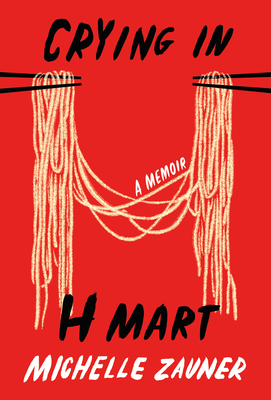
Michelle Zauner, lead singer of Japanese Breakfast, debuts to the literary community with a beautiful recount of her relationship with her mother before and after she passed away from pancreatic cancer in 2014. In 2021, Zauner released her memoir Crying in H Mart. It detailed her relationship with her mother through her childhood and early adulthood. Much of her connection to her mother around the time of her death is highlighted by the Korean dishes her mother would cook for her. Zauner made it her mission to perfect many of these dishes during her mom’s cancer treatment and used it as a way to stay close with her.
Crying in H Mart is a heartbreaking memoir that made me regret every moment I wasn’t with my own mother. She made me realize the value of tradition and culture she had previously turned from. Zauner’s English pronunciation of the Korean language connected readers to much of the culture they thought they couldn’t relate to. Her stricter childhood was expressed from a place of love and her extended family eventually became a comfort rather than an alienation. Despite my hatred for self righteous biographies, Zauner enchants readers in her grief stricken roller coaster of a debut.
No Longer Human- Osamu Dazai
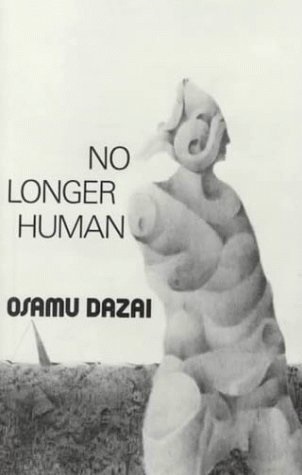
Originally published in 1948, Osamu Dazai’s No Longer Human follows the journey of a young man trying to find his place in the world. Oba Yozo was born into a life of wealth and expectant success, however he soon grows into a detrimental mental state as a child that transforms dangerous as he enters adulthood. He attempts to reconcile himself to the world around him in early childhood then in high school he becomes a “clown” to mask his difference in demeanor and think of himself as a great actor. His inconsistent happiness with his life and those around him eventually lead to a difficult road.
Yobo is an excellent example of a natural sociopath. For much of his life he mentally abused others and hated himself for it in an endless cycle. It was a curious thing to see the way his mind worked without any explanation as to why. Seeing as his childhood wasn’t so horribly tragic, the origins of his trauma never made much sense. The reader is expected to conclude it is a literal brain chemical dysfunction and not an effect of physical and emotional trauma. Despite being written in the early forties, the english translation is excellently detailed to a point where I wish they could be a bit more obscure. Yobo’s nature of action without thought to consequence makes him a constant, never ending danger to himself and those around him. While disturbing, No Longer Human once again proves that the disturbed mind is alway a curious thing.
Sea of Tranquility- Emily St. John Mandel
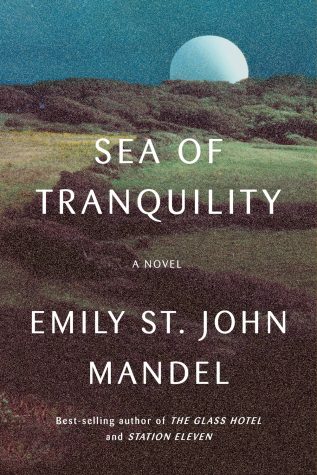
Published in 2022 by Emily St. John Mandel, Sea of Tranquility is one of the strangest books I’ve ever read. Starting off in the early 1900s, the novel follows a chronological anomaly in different centuries throughout time. Time traveling detective Gaspery-Jacques Roberts later investigates this anomaly throughout the centuries trying to determine, for once and for all, is life a hallucination?
I read this Matrix-esque novel in less than one day. I couldn’t put it down. It started in such a bizarre way that continued until almost three fourths of the way in when I finally understood how all the different centuries could be connected. It’s hard to explain without spoiling it, but the ending left me at a loss for words. This was the most un-scifi, science fiction book I’ve ever had the pleasure of reading. It left much of the questions of life unsolved, but to leave them unanswered was better than the alternative. Written according to the time period, Sea of Tranquility was like a million voices combined into one very obscure philosopher shouting at an absorbed millennial. I’d do anything to read it for the first time again.
Isabel Young
A Room of One’s Own- Virginia Woolf
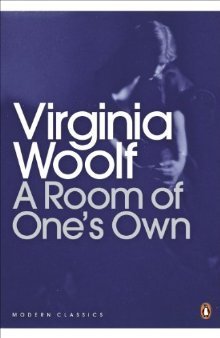
Written in 1929, A Room of One’s Own came a few years after Woolf first found success in publishing after the success of To The Lighthouse and Mrs. Dalloway. She was invited to Cambridge as a guest lecturer on women in fiction, and these lectures formed the basis for what her most famous essay would become. A Room of One’s Own is a quiet, meandering book which feels as though you’re walking through Woolf’s extensive mental library. Her shrewd observations about women in fiction are as true today as they were nearly a century ago.
As I near the end of high school, I’ve been entering an uncharacteristically reflective state. This combined with my reinvigorated focus on my writing in 2022 created a perfect maelstrom of opportunity for this book to reach me. I could not recommend this essay more to anyone even remotely concerned with women in literature. I generally devour books, but this is one that, despite being little more than a hundred pages, I had no choice but to examine line by line.
Pilgrim at Tinker Creek- Annie Dillard
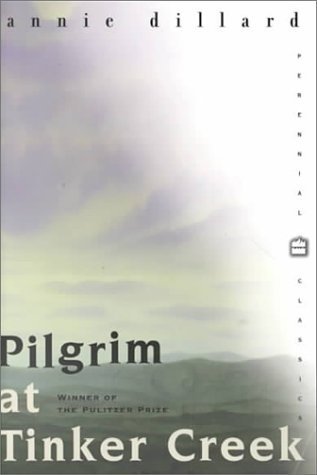
Coming off the tail end of quarantine, Pilgrim was the primary reason I wanted to run off into the woods and disappear in the early months of 2022. What presents itself as a Thoreau-esque examination of life in the wilderness soon spirals into an incredibly atmospheric deconstruction of spirituality and isolation, bound together in allegories that are at once scientific and magical. If you’re expecting a plot, this is not that. In the simplest words, it’s an enchanted forest that has been bound in paper.
This was definitely my Annie Dillard year, and Pilgrim was my first and favorite. It’s impossible to leave this book without a long list of Dillard’s recommendations to read next– everything from various religious texts to Russian novels to scientific documents. Somehow she manages to patchwork her eclectic inspirations into Pilgrim in a way that shouldn’t make sense, but does. Never until this book have I thought so deeply about ants.
A Children’s Bible- Lydia Millet
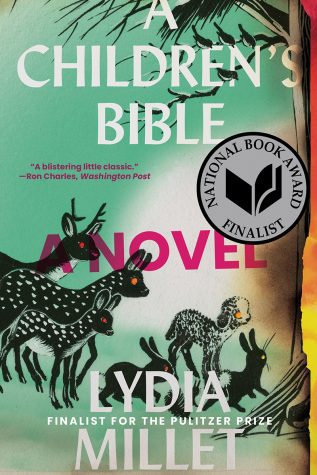
Loosely following the events of the Book of Revelation, A Children’s Bible presents a surrealist take on climate change and the activist generation told through an eerie group of children forced into a miserable seaside vacation. An unmistakably biblical natural disaster separates them from their parents, coalescing in a story that is equal parts Lord of the Flies, Paradise Lost and The Shining. Although one of the children narrates, the book is primarily phrased through the perspective of “we”– the children speak as a whole, as representatives of a generation, and the effect is incredibly disturbing.
This book was a departure from the Lydia Millet books I’ve loved in the past, but a welcome one. It’s a slim volume, but incredibly unsettling, and one that lingered in the back of my mind for weeks. Millet’s trademark maximalism is on full display here, with stakes so high they should be comical, but somehow are anything but. The most horrific part about A Children’s Bible is that after you put it down, after you recover from the collective trauma Millet’s strange tribe of lost boys have just endured, her parting warning on the state of the planet only grows stronger.
Abby Lincks
Frankenstein- Mary Wollstonecraft Shelley
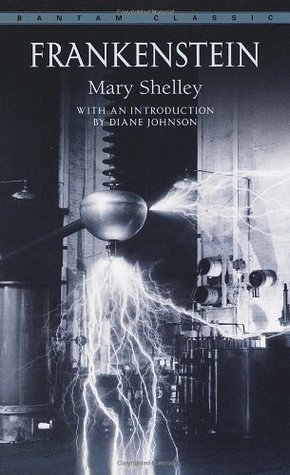
Written in 1816 when Shelley was only 19, Frankenstein is the ultimate classic. Despite varying pop culture interpretations, Shelley’s original tale of mad scientist Frankenstein and his creation resembles iconic elements ingrained in humanity- greed and the desire for belongingness. Shelley’s lyrical, beautiful writing perfectly contrasts with the novel’s gothic, horrific nature.
Before Dracula and The Strange Case of Dr. Jekyll and Mr. Hyde, was Shelley’s heartbreaking and disturbing tale that might just make you reconsider what you think you know about Frankenstein’s monster. Frankenstein is relatively short and entertaining- perfect for anyone looking for a classic to check out.
My Dark Vanessa- Kate Elizabeth Russell
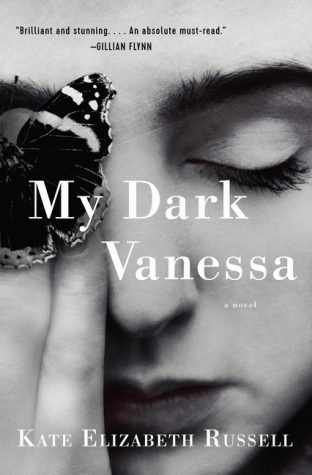
As Russell’s debut novel, My Dark Vanessa doesn’t disappoint. This novel explores the relationship between teenage Vanessa and her former high school teacher, Jacob Strane. Alternating between Vanessa’s past and present (2000 to 2017), she is forced to reflect on the reality of her “bond” with Strane and the lasting effect his memory still has on her life.
In 2017, the MeToo movement is in full throttle and allegations against powerful men soar. And when Strane is accused of sexual abuse by a former student, who contacts Vanessa, Vanessa begins to view Strane from a different, conflicting perspective.
I would like to preface by saying that this book was incredibly difficult to read and I would suggest looking up trigger warnings beforehand if need be. My Dark Vanessa was in fact, dark. Not only because of its subject matter, but because of the rawness in which it’s told. Russell haunts you with Vanessa’s thoughts because they’re as realistic as they come. My Dark Vanessa is a very important, devastating read intertwined with themes of trauma and memory.
I’m Glad My Mom Died- Jennette McCurdy
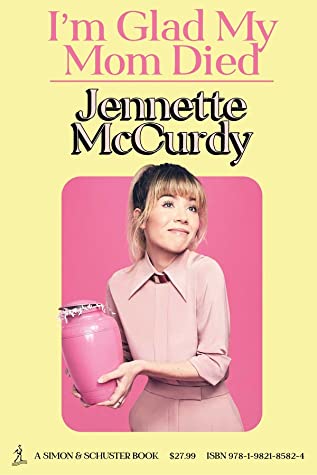
McCurdy’s memoir will make you throw away everything you thought you knew about family and the child acting industry. In short, McCurdy details what it was like to live with a narcissistic mother and the persistent struggles she faced in her life, like eating disorder struggles, alcohol abuse and a deteriorating mental health.
It’s no surprise that McCurdy became an actress at an early age. It’s what her mother wanted. And, in I’m Glad My Mom Died, she’s had a lot of practice both on and off set. Most importantly, this memoir is a story about finding freedom. Her years of binging, purging and misery turn into therapy and self-reflection because McCurdy refuses to be an actress any longer and perform lines given to her. Now, she writes her own the way she wants to. And, you should listen.







